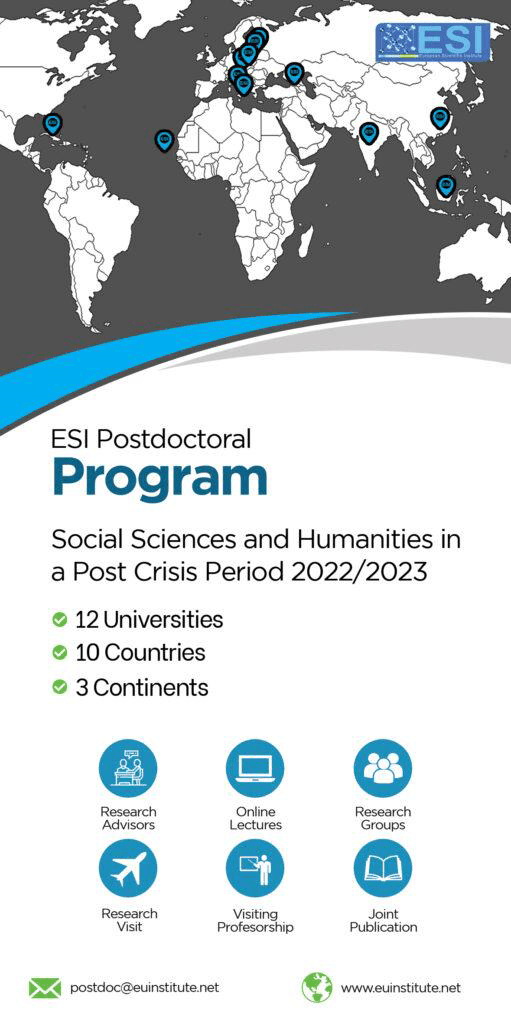DIMENSIONS OF PROXIMITY: CLUSTERS, INTELLECTUAL CAPITAL AND KNOWLEDGE SPILLOVERS
Abstract
Clusters of geographical concentrations of related business firms are assumed to confer competitive advantages to their members and their regions via knowledge management and knowledge spillovers of tacit knowledge. Despite mixed empirical evidence to support these claims, business clusters remain at the forefront of regional development policies. Past research indicates that cluster success factors may be distinct in different parts of the world, in different economies and in different stages of their development. Yet most studies focus on the success of a cluster as a whole and do not assess the impact of cluster membership on a single firm due to the absence of commonly agreed metrics. To address this problem, this article shifts the focus from mere spatial proximity to the flow of information in business networks and to the production, dissemination and absorption of knowledge. In this context, information flow in business clusters is aided and abetted by spatial proximity but the flow itself is the important success factor. Validation of the hypothesis that the advantage of clusters has to do with information flows, intellectual capital and knowledge spillovers will open new avenues in cluster research.Downloads
Download data is not yet available.
Metrics
Metrics Loading ...
Published
2015-02-27
How to Cite
Tsakalerou, M. M. (2015). DIMENSIONS OF PROXIMITY: CLUSTERS, INTELLECTUAL CAPITAL AND KNOWLEDGE SPILLOVERS. European Scientific Journal, ESJ, 11(4). Retrieved from https://eujournal.org/index.php/esj/article/view/5151
Section
Articles







